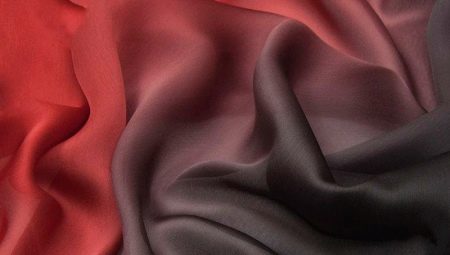Lightweight and airy-type fabrics will always be in great demand among consumers. Today, the range of such materials is quite large, and various interesting novelties appear in it all the time. However, widespread application is still found in those materials whose existence has been going on for more than a century. Very popular today is the production of muslin - a translucent fabric that first appeared in the East and, after a hundred years, conquered the whole of medieval Europe.
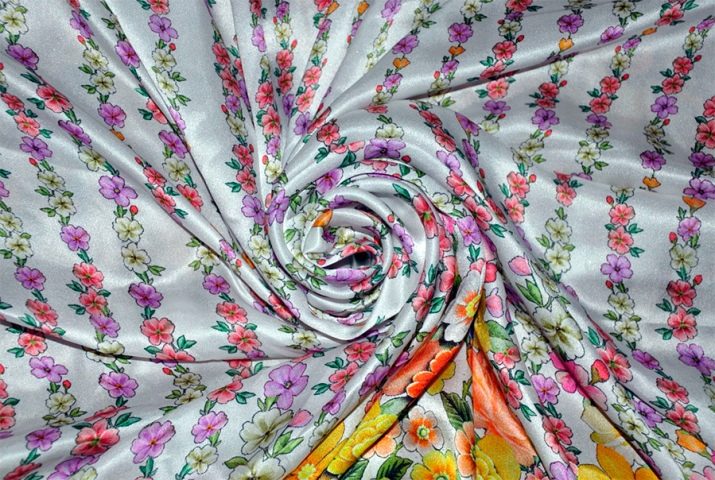
What it is?
Muslin can be called an extremely delicate cotton fabric with the smallest interweaving of the threads used. Muslin first appeared in Europe thanks to Iranian merchants; the material gained the widest popularity in France - they began to actively use it as an extremely light and beautiful material for sewing various types of clothes. From this fabric they sewed both home textiles and luxurious blouses or dresses for wearing in hot weather. A description of this material and its positive features can be found in many literary works of eminent classics.

Structure
Muslin is made from a special material called calico - this is a rather thin, but at the same time quite severe cotton fabric. Mitcal can be called a semi-finished product or a workpiece, from which in the future you can get other materials, for example, chintz or dermatin. In its raw form, calico will have an unattractive grayish tint. This material can easily be used independently, without any processing.It is still used for upholstery of various furniture or for the production of very simple cheap clothes.
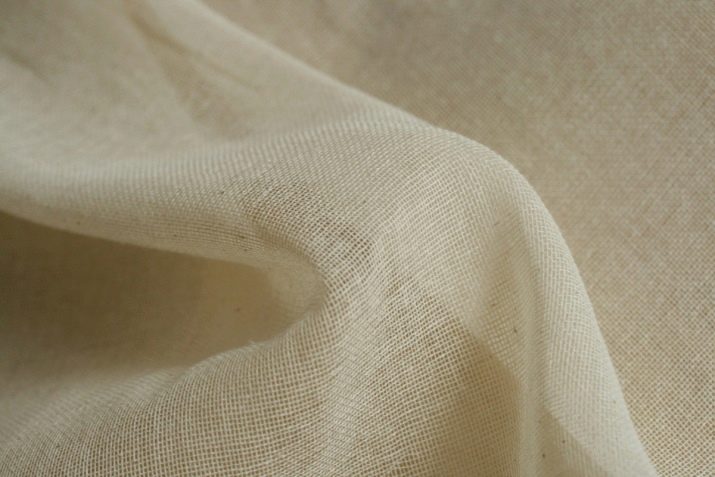
In order to make muslin from calico, it is subjected to almost “cosmetic” procedures - it is whitened with high quality and softened. In this case, the material will retain a slight friability due to twisted fibers. Muslin is a very light material, although it has a dense texture. Externally, the fabric looks incredibly delicate, but at the same time it has increased resistance to wear and is very practical when used.
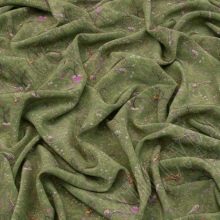
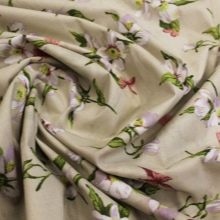
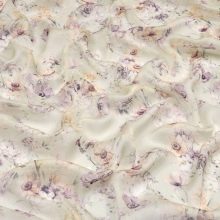
The properties
High-quality muslin is easily recognized due to its incredible softness and half transparent texture. Among the main advantages of this fabric are the following characteristics:
- airy lightness and amazing subtlety - muslin product will not interfere with your movements, it has a very low weight;
- this material is the most comfortable for hot weather, it will perfectly pass air flow so that heat does not accumulate in the space between clothes and skin;
- natural material perfectly absorbs moisture and dries quickly enough;
- the fabric lends itself perfectly to drapery - it will help to create original folds and will perfectly fit the figure;
- all types of muslin are made only from natural fibers, without synthetics;
- the fabric is hypoallergenic, it will not irritate the skin while wearing such clothes;
- exceptional strength and long service life make this material very popular.

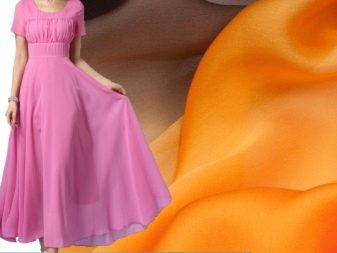
Muslin also has disadvantages:
- the silk look of the fabric is very expensive;
- cotton muslin wrinkles a lot;
- over time, the seams on the fabric may separate, and the material itself may break;
- painted muslin will fade in the sun and shed heavily;
- the material may deform under the influence of high temperature, for example, when ironing with a very hot iron;
- the fabric does not retain heat.
Varieties
The main characteristic of any muslin subspecies is its 100% naturalness. Today, such a fabric can be produced not only from cotton, but also from materials such as wool, silk and linen, while synthetics are by no means included here. Depending on the composition available, the following types of material can be distinguished.
- Wool muslin - very warm and soft, slightly translucent material. The fabric of the finest threads of wool is also called muslindeline. Compared with other species, it is much less in demand, despite the rather small price. The material made of wool will be characterized by volumetric structure and weightlessness. Things made of wool muslin are very durable.
Most often, sweaters and shawls from muslin are found, you can even find hats from this type of canvas. Such products will perfectly warm in the most severe frosts (and this despite their outwardly delicate appearance).
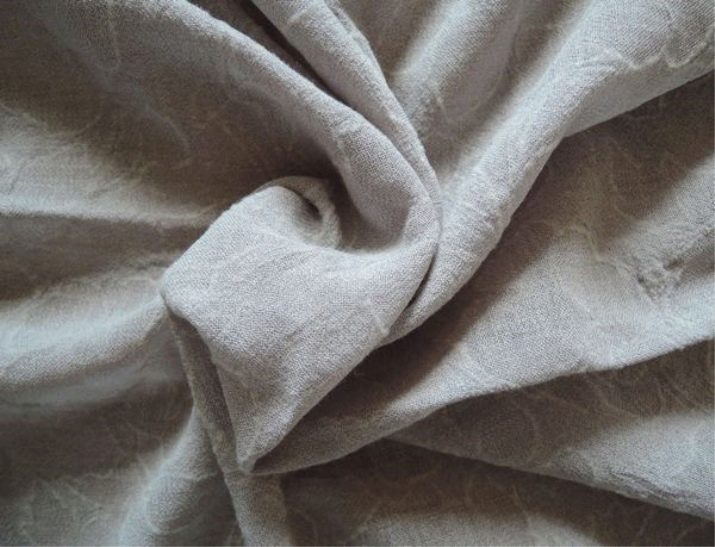
- Cotton muslin - This is a thin, half transparent matter. From this kind of muslin, comfortable women and children’s clothes, bedding and underwear, and original curtains are usually produced. In hot countries, large companies often order workwear for their employees from this fabric.
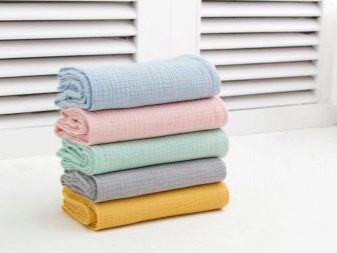

- Silk muslin - This is an expensive, very elegant and elegant kind of material. Available with very high demands on the quality of the fabric, which is made from tightly twisted threads. The muslin made of silk is very pleasant to the touch, it is smooth and almost weightless. Silk clothes are comfortable enough to wear. Silk material is perfect for elegant cocktail and evening dresses. In addition, muslin bodys and blouses, comfortable shirts and stylish skirts can be purchased at stores.
Many of the characteristic features of such a canvas are in many respects similar to the characteristics of real silk: in such clothes you will feel confident even in unbearable heat, and everyone knows the beneficial effect of silk on the body.

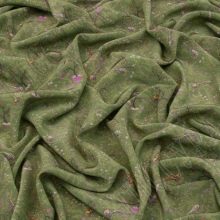
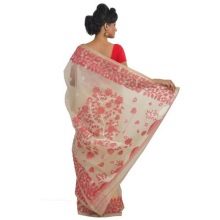
Where is it used?
From muslin they usually sew:
- light dresses and weightless blouses, summer light sundresses and lightweight trousers;
- summer jumpers and warmer sweaters;
- beautiful shawls, stoles, scarves and scarves;
- clothes for babies;
- Underwear;
- curtains and various curtains;
- tablecloths and table napkins;
- overalls for use in hot climates.
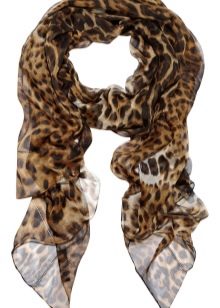
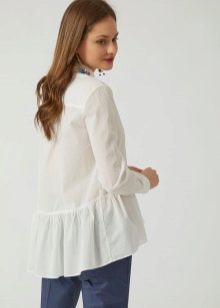
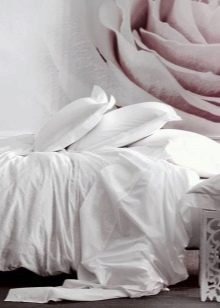
From cotton muslin can produce:
- underwear and sets for bed;
- diapers and vests;
- curtains, canopies for children's rooms.
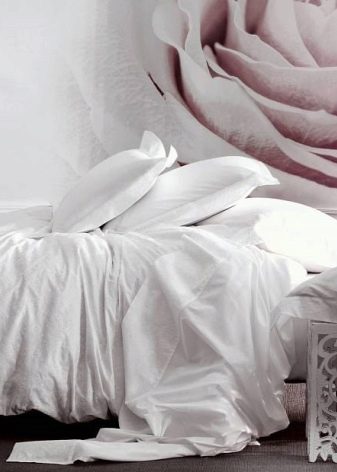
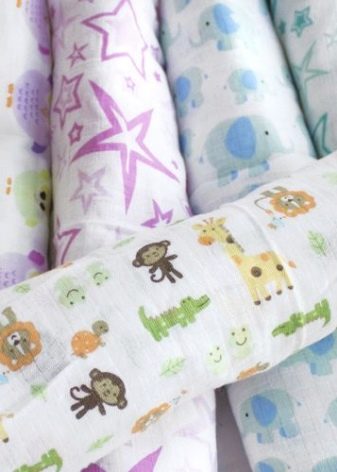
From muslin with woolen threads are made:
- different hats and caps;
- scarves and large warm stoles;
- warm blouses and pullovers.
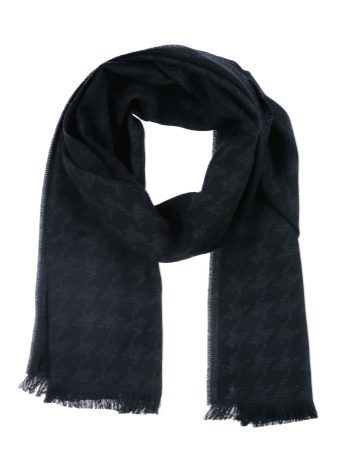
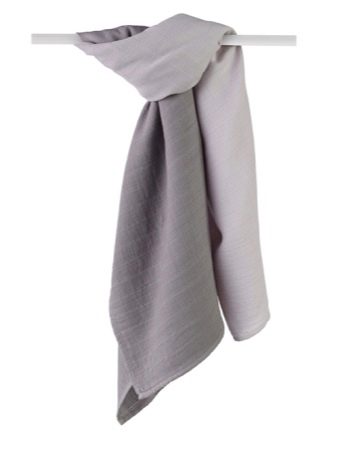
Silk material is great for:
- evening flowing outfits;
- lightweight scarves;
- decorative curtains and unusual curtains.

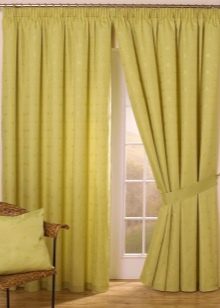
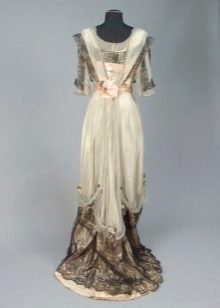
The demand for muslin from cotton threads can be largely explained by its use in creating high-quality and comfortable bed linen. If we briefly identify the main characteristic features of this material, then its choice for the production of bed linen will be quite obvious to everyone.
- Light weight if you compare this material with popular calico and satin.
- Strength. But muslin is a rather thin material, but one should not forget that it is reliable and durable, and with proper care it can easily withstand a huge number of washings and last for more than one year.
- Increased hygiene and environmental friendliness Natural cotton is very much appreciated by the modern consumer. This is exactly the material, releasing which manufacturers tried to minimize any harmful effects, therefore, using such underwear, you can not be afraid of an allergic reaction or rashes on the skin.
- Excellent breathability. Matter provides excellent thermoregulation of the human body; sleeping on muslin linen is not very hot even in the hottest summers.
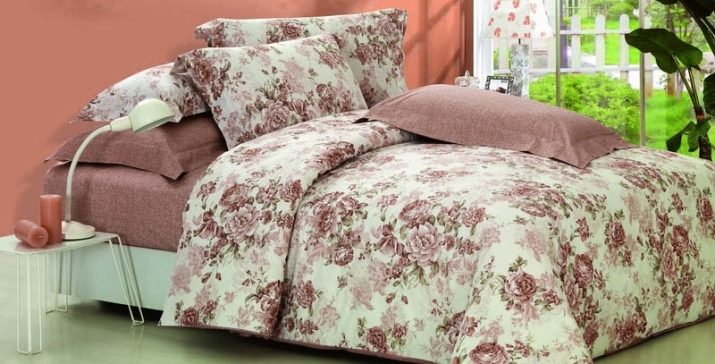
Care Features
In order for the muslin to maintain its aesthetic appearance, it is necessary to carry out the right care for it. Do not forget that muslin is a 100% natural fabric, so it requires special attention.
- Muslin can be washed both manually and in a conventional washing machine. The most suitable mode for this purpose is “delicate”. Water temperature should not be higher than 35-40 degrees.
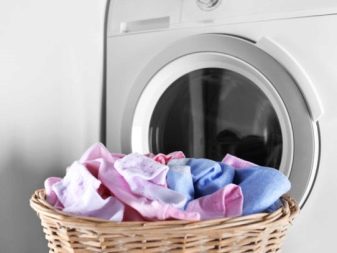
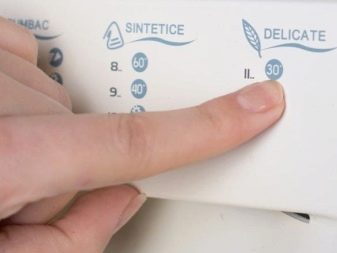
- When washing things from muslin, you can not use various types of bleaches or detergent concentrates. The use of these funds can be allowed in some cases and only in diluted form.
- White garments and colored muslin must be washed separately.
- After completing the washing process, muslins are thoroughly rinsed, washed thoroughly (without twisting), and starch is not used to maintain the shape of things.
- Such products are dried only spread out, best of all - in a darkened place or in a well-ventilated room.
- This material is ironed when it is not yet completely dry, steaming can also be used, but at the same time, it is necessary to protect the material from contact with the iron.
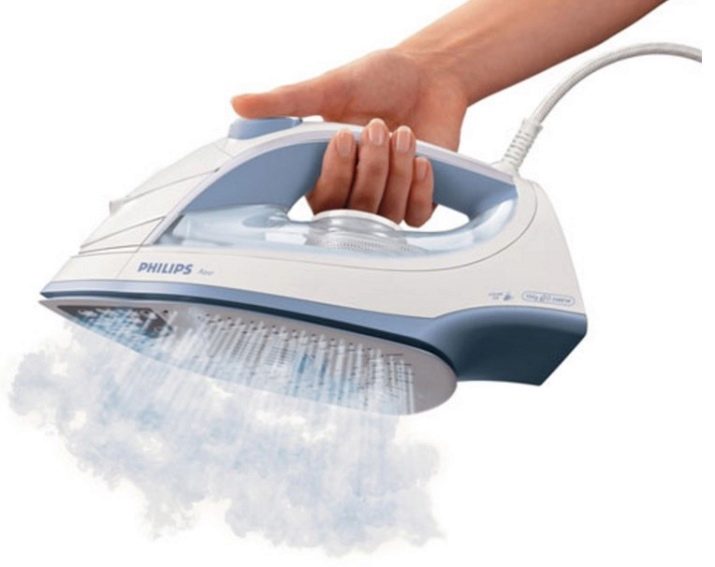
Muslin is a fabric that is lightweight and comfortable for everyday wear, which is ideal for pores of late spring and stuffy summer. According to experts, cotton muslin is the most popular type of material, since it is very durable, very beautiful, and accessible to everyone. Not the most difficult rules for caring for this fabric will help you keep your favorite summer item in excellent condition for many seasons to come.

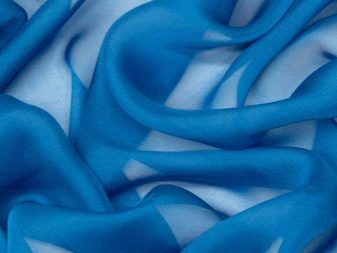

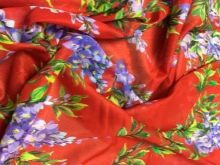
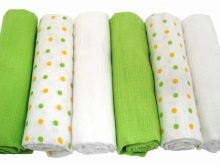
Next, look at the pros of muslin baby diapers.
